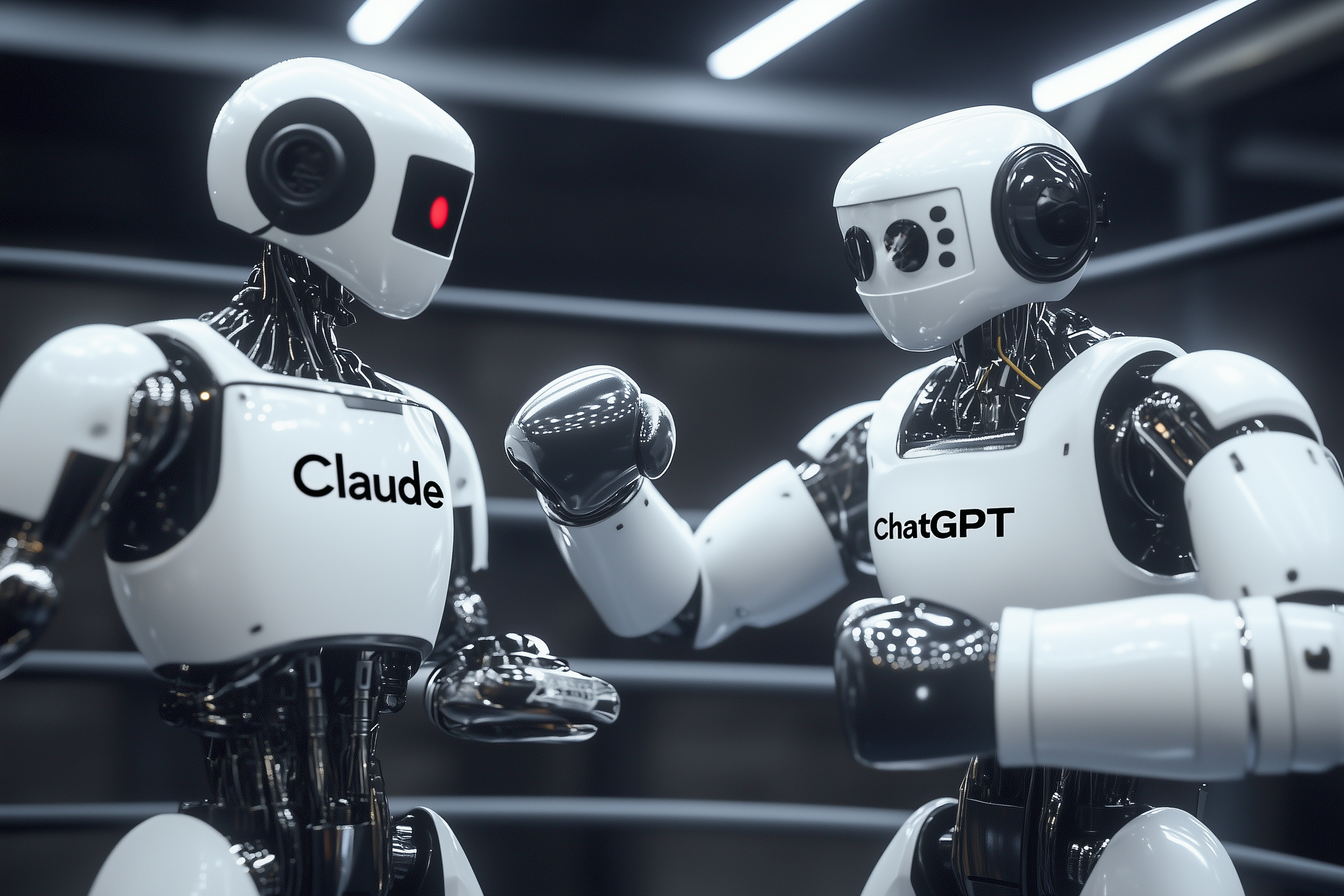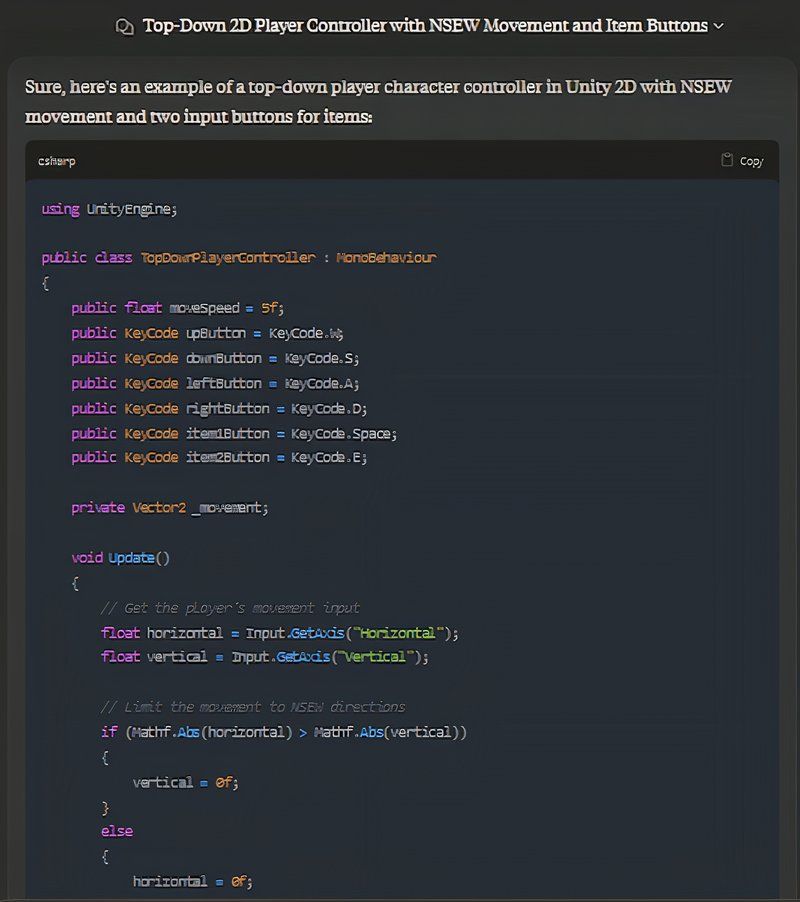Claude App vs. ChatGPT App: What’s Better For Everday Use?
AI
Key Takeaways
- ChatGPT and Claude are leading AI companies with impressive web applications.
- ChatGPT improved with the 4.0 update, and Claude’s Haiku competes well in coding projects.
- Claude’s mobile app outperforms ChatGPT’s by offering fast responses and better usability.
Anthropic and ChatGPT are two of the biggest names in AI that the public can use. With both of these companies releasing mobile apps, the big question is which of their apps is better for you to use in your everyday life. Let’s see what each has to offer.
GPT vs. Claude On The Web
Several companies compete in the AI race, but two consistently make headlines and are followed by cutting-edge enthusiasts: OpenAI and Anthropic. Both companies have made significant progress in putting together an impressive web application that users can use for free, with some limitations.
I already used ChatGPT to code a game and to help write a novel, but I’ve used Claude a lot less. Anthropic has come up a lot in the discussion, but few people have tested the two AI giants head-to-head.
GPT’s 4o update has made it much better at what it was weak at before. Elements like coding, content production, and even general responses have improved significantly. OpenAI has even included a mini version of this model that is usable on the free tier.
Anthropic has also been improving its model. The newest version of Claude, Haiku, can perform processing feats similar to ChatGPT. However, Claude has a much larger context window and is better for some coding projects that may require the engine to learn about a large codebase. Claude is far better at tasks like summarizing books or dealing with complex inquiries given a data set.
Each of these two AI models has its own strengths and weaknesses. But what about using them for typical everyday tasks on your phone? Well, with the release of the mobile apps, that’s a burning question I want to answer.
Signing In and Getting Started
If you already have an account for these LLMs, signing in and getting started is easy. Both of them also link seamlessly to Google Accounts, so you don’t even need to create a brand-new account to use either of these apps. However, they do have the same limitations as their web app counterparts.
Both Claude and ChatGPT have different limitations for their free usage. ChatGPT uses a token-based system, and when your tokens run out, you will have to wait until they reset so you can use the system again. Until they reset, you can use a powered-down version of the LLM (or the mini-4o model) to get your questions answered.
Claude has a similar tokenization system, but the amount of messages you’re allowed seems much more limited at the free level. After those messages run out, you can’t use the model again until it resets. As someone who used a pro account for a bit, I noticed that the access limits had increased somewhat, but I still found that I ran out of credits before I could adequately get anything done. There is a higher-paid tier for both ChatGPT and Claude, but I haven’t tested either.
I can say that if you’re using the web app and moving to the mobile app, your usage limits are not reset. You’ll still have to wait until the time rolls over to use the model again at its full power. However, there is a seamless integration between the web app and mobile app, and you can easily pick up a conversation you started on your desktop machine.
Which App Performs Better?
Testing the apps head-to-head is the best option for figuring out how they work. To do this, I opened both apps and used the exact same prompt. I asked GPT and Claude to give me a plot for a 3000-word short story with particular prompts for themes. The responses were surprising, to say the least. Both LLMs gave me something I could use to plot and outline a short story, but there were significant differences in quality and response times.
Claude’s response time was a mere eight seconds from request to completion. Claude opted to give me a synopsis to serve as a creative basis where I could finish the story. It didn’t walk me through any of the details and didn’t really spend much time diving into the character development. Claude’s outline just painted the story in the broadest possible arc and left it to me, as the writer, to fill in the details. All in all, it is a very usable prompt response.
ChatGPT’s response was a lot more granular. It used a three-act structure, setting, and an outline that ran the writer through each act in the story, complete with prompts on how to work on that particular short. It even offered an outline of the resolution, a nice touch. However, completing the outline took ChatGPT 43 seconds from the prompt’s entry.
So, for this head-to-head experiment, ChatGPT offered a more well-rounded response but took almost five times as long to give it to me. I would say that Claude’s response, while not nearly as thorough as ChatGPT’s, was faster, and I’ll give Claude the win for not wasting my time.
Okay, so they both do words well; let’s see how they are at coding. I asked both apps for a code snippet to test the mobile app’s ability to write code that might not work but looks correct. Claude gave me a rapid-fire 2D character controller, delivering the entire code in around 5 seconds. ChatGPT’s app encountered connection problems the three times I tested it, so I got nothing from it.
While the connection issues with the ChatGPT app seem occasional, they happen far more often than with Claude, suggesting that the app may need some work. Since ChatGPT didn’t give me any responses, I’d have to give Claude the win for this one as well, making it 2–0 to Claude so far.
I ran both apps through basic algebra tests, US History, Geography, and Science. The questions I asked were simple enough that a tenth-grader would know them, and both engines responded correctly. The only difference here is Claude’s response time, which consistently came in between four and five times faster than ChatGPT. Claude once again takes pole position, giving it an unassailable 3–0 lead.
Just to make sure the response time wasn’t due to lag, I also performed these tests on my phone’s mobile connection. The results were similar, with ChatGPT taking between four and five times as long to respond as Claude did. ChatGPT seemed to have better connectivity on the mobile network than on the wireless connection, since I encountered no stalls or no-responses when using the mobile internet.
Hallucinations Still Happen On Mobile
Hallucinations are typical of LLMs because they value pleasing the user over giving accurate factual information. Since the mobile apps are just a different method of accessing the LLM backend, you’re still likely to get hallucinations when you ask it questions. As all the LLMs have in their disclaimers, the information presented may not be factual. It’s up to you to check.
Which Mobile App Is Better?
As I outlined, my tests were done across a few metrics, but they’re far from exhaustive. I learned that the ChatGPT app had some connectivity issues while on a Wi-Fi network, while Claude’s app worked seamlessly and delivered usable results with low response times. Claude took the record for this iteration of the models with a convincing 3–0 win over ChatGPT. Both models and apps are constantly in development, so the issues I found are likely to change. However, given the current iteration of these two apps, Claude seems to be the clear winner.

















